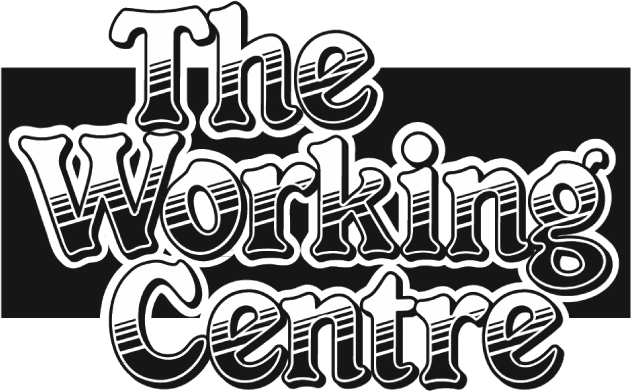Working in the skilled trades is a career choice requiring post-secondary training. A majority of the training will be completed on-the-job through an employer, but you will attend college classes for the more theoretical content. A benefit of apprenticeship is that you are paid during the time you are working with the employer. Your wage will likely be low to start, but will increase as you pass exams and move into higher stages of the apprenticeship.
There are a few steps to begin a Traditional Apprenticeship*:
1. Job Search
Starting a traditional apprenticeship looks a lot like a typical job search - you must first find an employer/sponsor willing to take you on as an apprentice. This is a big investment on behalf of the employer - they are committing to supervise and train you as a beginner, with the hope you will do well and contribute to the company as a fully-trained journeyperson once you have completed the training. Each trade has its own requirements on the number of hours of hands-on training you need to do, but on average is about 2-3 years.
2. Register with the Ministry
Once you find an employer interested in hiring you as an apprentice, you will apply together with the Ministry of Advanced Education and Skills Development (MAESD) to make the apprenticeship official. It is important to do this so that your hours of work experience will be counted towards your apprenticeship. This registration will also allow you to enroll in the class-portion of the training, done through local public colleges (i.e. Conestoga College). You can find more information about this on the Government of Ontario's website here: https://www.ontario.ca/page/start-apprenticeship
3. Register as a Member with the Ontario College of Trades
Once you have registered as an apprentice, it is also mandatory to register with the Ontario College of Trades. This is not a training college, but an organization that regulates the trades to make sure that things are done safely and by properly trained tradespeople. There are many useful resources on its website, so be sure to take a look. This page will show you the fees associated with different levels of membership: http://www.collegeoftrades.ca/membership/become-a-member/classes-of-members-fees
*Note:
There are also other methods of beginning your career in the skilled trades, including Pre-Apprenticeship Training, Trade Equivalency Assessments, or the Ontario Youth Apprenticeship Program (OYAP).
Use the resources in the Apprenticeships section of our website to start to understand the apprenticeship system, and consider working with an employment counsellor towards your goal of becoming a skilled tradesperson. Visit us at our Resource Centre: 58 Queen Street South, Kitchener.

